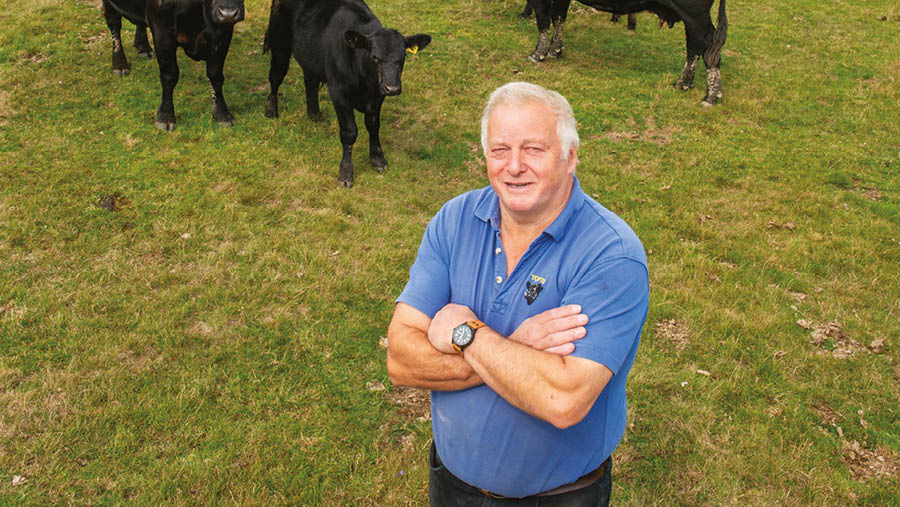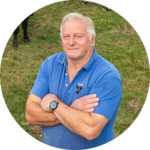Farmer Focus: Our genetics strive to pay the bills
 © Angus Findlay
© Angus Findlay I love this time of year – spring, new lives, growing crops, optimism and hope!
Spring has arrived at the expected time, although it has been very wet recently (no land work yet), and grass is growing. The pigeons have discovered fresh clover in grassland this year, rather than the oilseed rape.
Calving and lambing officially started on 25 March, by which time 10% of the herd had calved. As I write, we are at the end of the first week and one-third through calving, and over half way through the in-bye lambing.
See also: How myostatin screening is improving calving on suckler farm
Thanks to the team for all the hard work and banter. However, there’s still time for things to go wrong: I can remember snow in the lambing field during April and trying to keep milk on ewes was challenging.
In our Angus herd, we have focused on sustainable genetics, shorter gestation length and smaller birthweights, as live calves pay the bills.
In the words of Australian cattle adviser Jeff Butterfield: “Dead calves have negative growth rates.”
Our Breedplan figures, graphs, and trends show that, although our gestation lengths have shortened and birthweights reduced, our 400-day and 600-day weights have increased.
We have searched the globe for genetics to produce easily born calves with high growth rates as well as moderate mature cow size. We have recently been using genetics from the Te Mania stud in Victoria, Australia.
Their breeding criteria is like ours, but with 1,200 cows, the selection pressure is far greater.
Thus far, the calves have been easily born, with lots of vigour and above-average growth rates. The oldest daughters are about to calve, so we wait with bated breath.
To help us identify the females we want to breed from, we measure the length (poll to tail head) and chest girth of the heifers at 400 days.
The heifers with a greater length than girth are considered higher maintenance cattle requiring more feeding and these are not suited to our system. Pelvic measurements are also taken and any that are too small are culled.

